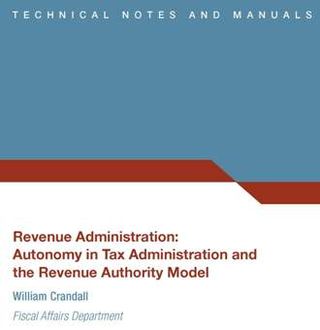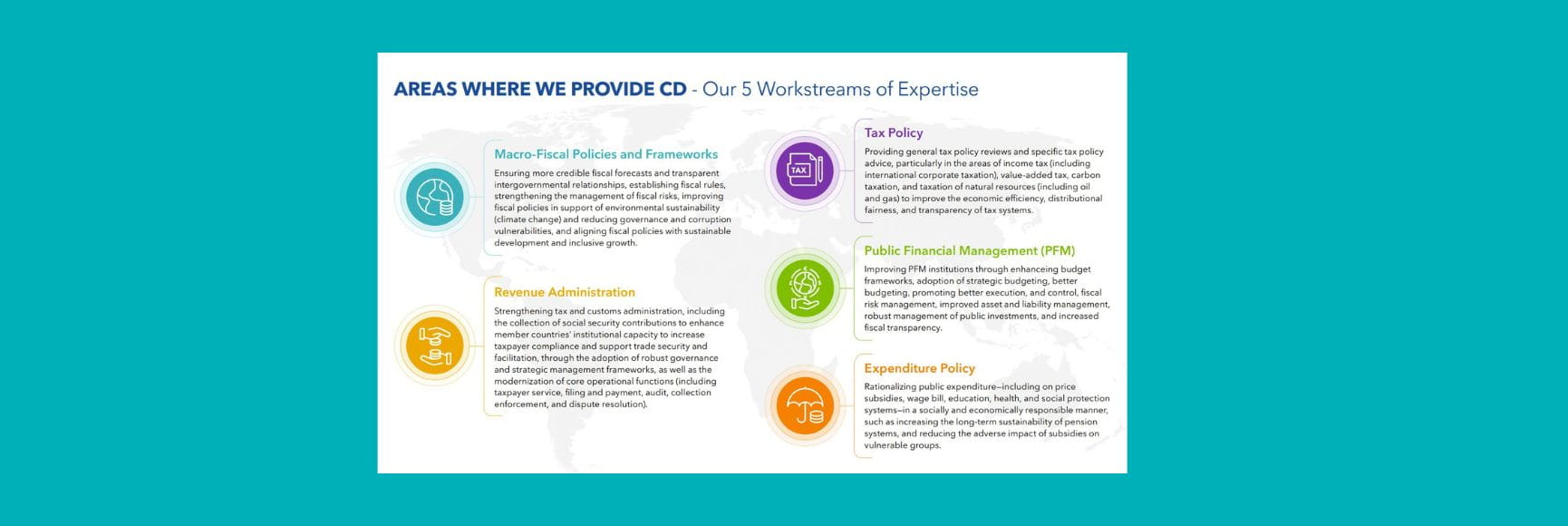Posted by Bill Crandall

Increasing autonomy for public bodies has become the norm. How has this trend affected tax administration, and what are the implications for accountability? Has the well-known “Revenue Authority” model provided a governance structure that can lead to improved performance?
TNM/ 10/12 discusses developments in autonomy in the public sector and how these developments have affected revenue administration, and comments on the range of autonomy currently practiced. OECD data is analyzed to assess measures that indicate autonomy, comparing standard tax administrations with those self-described as “semi-autonomous”.
The technical note provides a complete description of the Revenue Authority model, and outlines the design characteristics that are taken into account in setting up this kind of revenue administration structure. In addition, the note summarizes key conclusions from the literature on the effectiveness of Revenue Authorities, and poses questions countries should ask when considering the adoption of this model.
Note: The posts on the IMF PFM Blog should not be reported as representing the views of the IMF. The views expressed are those of the authors and do not necessarily represent those of the IMF or IMF policy.






